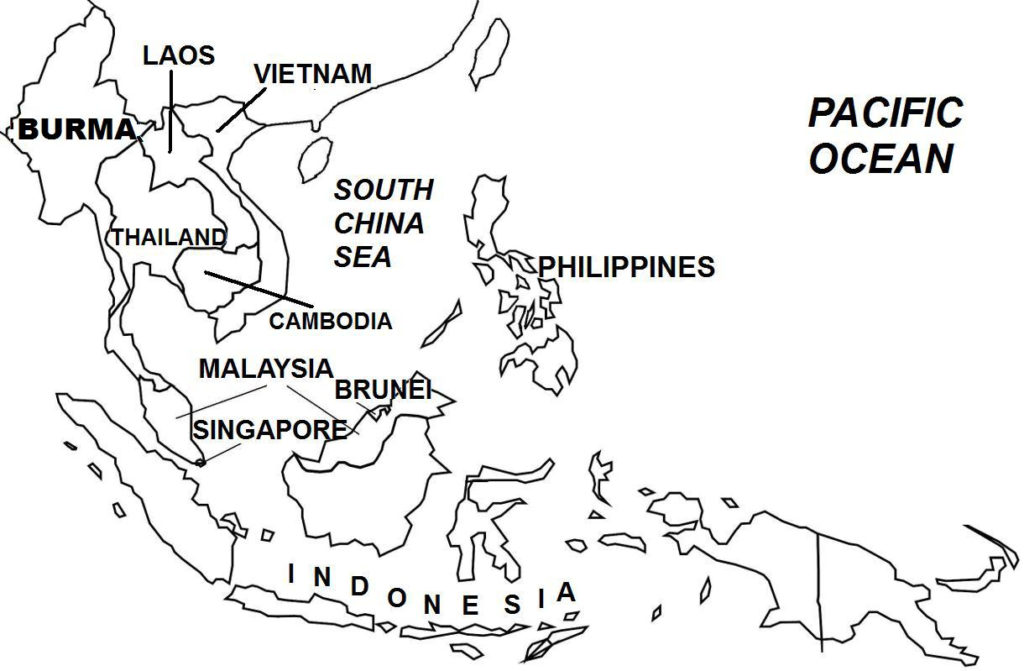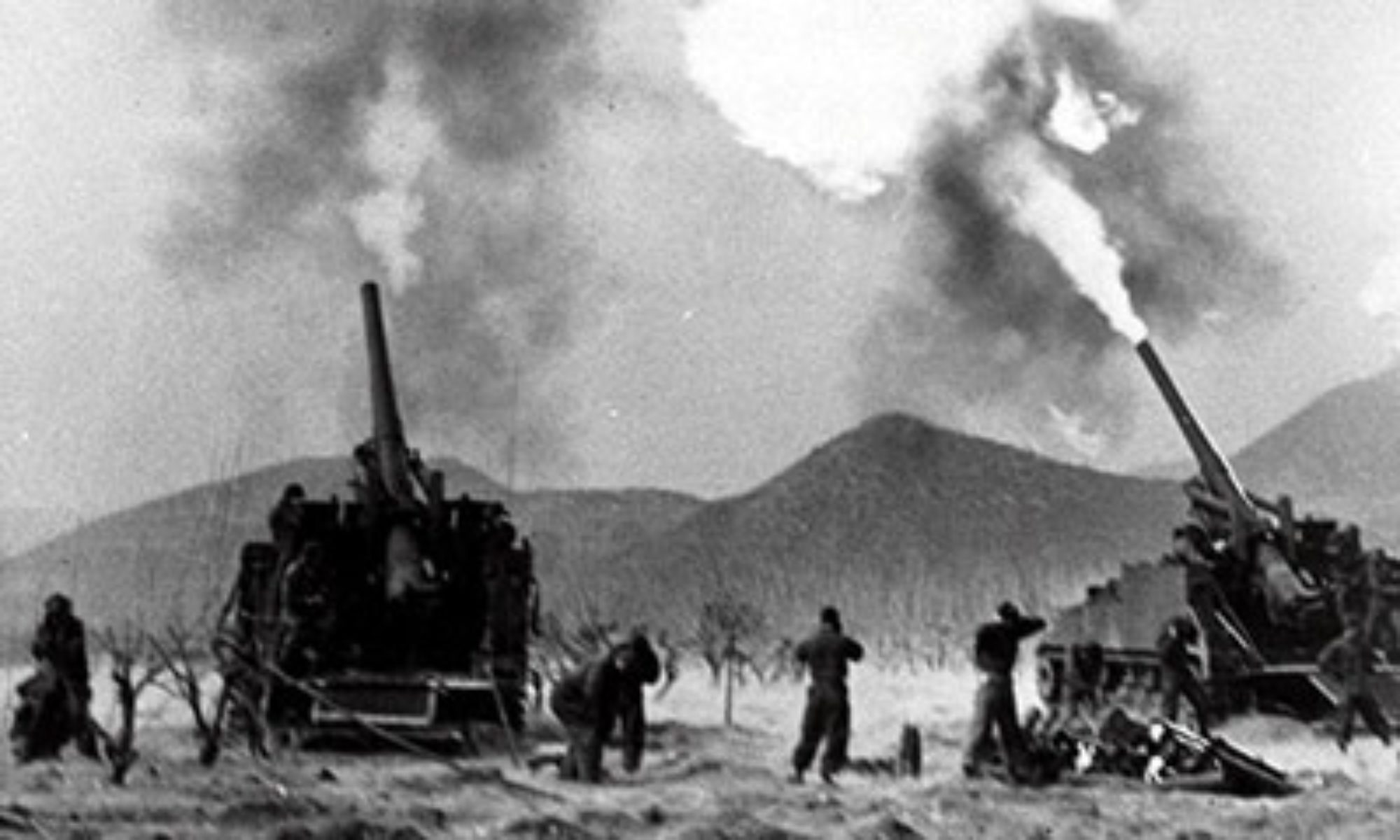On December 25, 1978, Vietnam launched its invasion of Cambodia. Following a diversionary attack on Kratie in Cambodia’s northwest region, the main attack force of the 120,000-strong Vietnamese forces, supported by 20,000 KUFNS fighters and air, artillery, and armored units, launched a swift offensive into southern Cambodia through Takeo Province. The Khmer Rouge had massed its forces in Svay Rieng Province, where the Pol Pot regime believed the Vietnamese would strike. But Vietnamese forces outflanked Svay Rieng Province.
With the fall of Takeo, the road to Phnom Penh lay open. Vietnamese tanks now sped down the flat countryside to the capital. On January 7, 1979, the Vietnamese Army captured Phnom Penh, and overthrew the Khmer Rouge regime. Pol Pot and his staff, together the bulk of the Khmer Rouge Army, made a strategic withdrawal to the jungle mountains of western Cambodia near the Thai border, where they set up a resistance government.

(Taken from Cambodian-Vietnamese War – Wars of the 20th Century – Twenty Wars in Asia)
Background By the late 1950s, the Cambodian communist movement experienced a resurgence that was spurred by a new generation of young, Paris-education communists who had returned to the country. In September 1960, ICP veteran communists and the new batch of communists met and elected a Central Committee, and renamed the KPRP (Kampuchean People’s Revolutionary Party) as the Worker’s Party of Kampuchea (WPK).
In February 1963, following another government suppression that led to the arrest of communist leaders, the WPK soon came under the control of the younger communists, led by Saloth Sar (later known as Pol Pot), who sidelined the veteran communists whom they viewed as pro-Vietnamese. In September 1966, the WPK was renamed the Kampuchean Communist Party (KCP).
The KCP and its members, as well its military wing, were called “Khmer Rouge” by the Sihanouk government. In January 1968, the Khmer Rouge launched a revolutionary war against the Sihanouk regime, and after Sihanouk was overthrown in March 1970, against the new Cambodian government. In April 1975, the Khmer Rouge triumphed and took over political power in Cambodia, which it renamed Democratic Kampuchea.
During its revolutionary struggle, the Khmer Rouge obtained support from North Vietnam, particularly through the North Vietnamese Army’s capturing large sections of eastern Cambodia, which it later turned over to its Khmer Rouge allies. But the Khmer Rouge held strong anti-Vietnamese sentiment, and deemed its alliance with North Vietnam only as a temporary expedient to combat a common enemy – the United States in particular, Western capitalism in general. The Cambodian communists’ hostility toward the Vietnamese resulted from the historical domination by Vietnam of Cambodia during the pre-colonial period, and the perception that modern-day Vietnam wanted to dominate the whole Indochina region.
Soon after coming to power, the Khmer Rouge launched one of history’s most astounding social revolutions, forcibly emptying cities, towns, and all urban areas, and sending the entire Cambodian population to the countryside to become peasant workers in agrarian communes under a feudal-type forced labor system. All lands and properties were nationalized, banks, schools, hospitals, and most industries, were shut down. Money was abolished. Government officials and military officers of the previous regime, teachers, doctors, academics, businessmen, professionals, and all persons who had associated with the Western “imperialists”, or were deemed “capitalist” or “counter-revolutionary” were jailed, tortured, and executed. Some 1½ – 2½ million people, or 25% of the population, died under the Khmer Rouge regime (Cambodian Genocide, previous article).
In foreign relations, the Khmer Rouge government isolated itself from the international community, expelling all Western nationals, banning the entry of nearly all foreign media, and closing down all foreign embassies. It did, however, later allow a number of foreign diplomatic missions (from communist countries) to reopen in Phnom Penh. As well, it held a seat in the United Nations (UN).
The Khmer Rouge was fiercely nationalistic and xenophobic, and repressed ethnic minorities, including Chams, Chinese, Laotians, Thais, and especially the Vietnamese. Within a few months, it had expelled the remaining 200,000 ethnic Vietnamese from the country, adding to the 300,000 Vietnamese who had been deported by the previous Cambodian regime.
